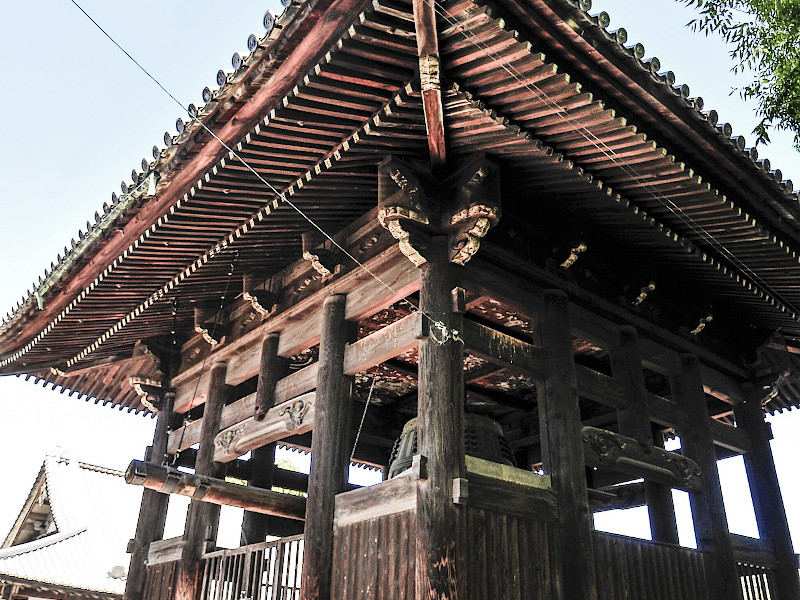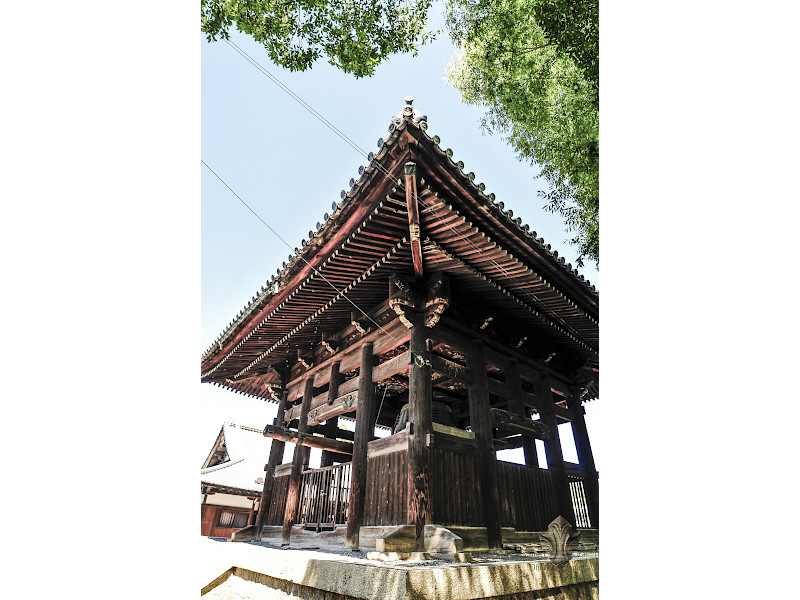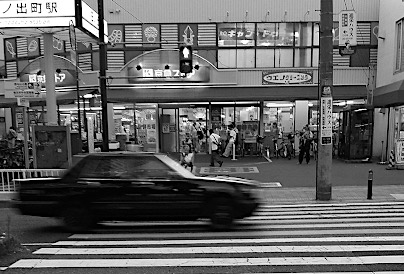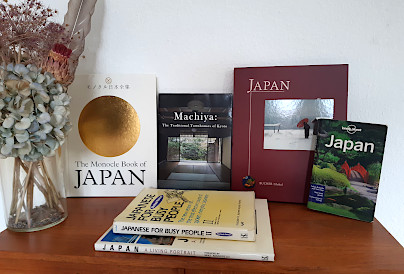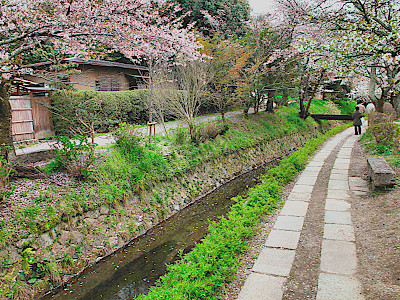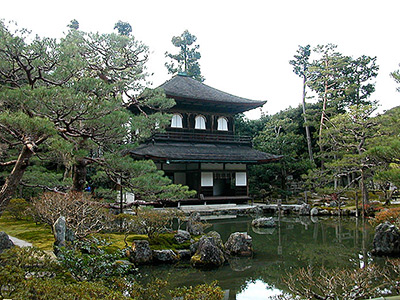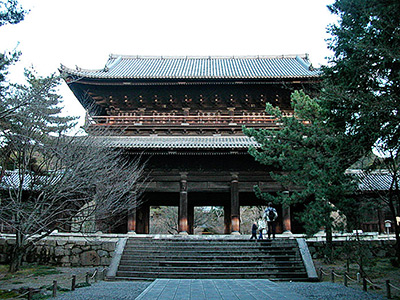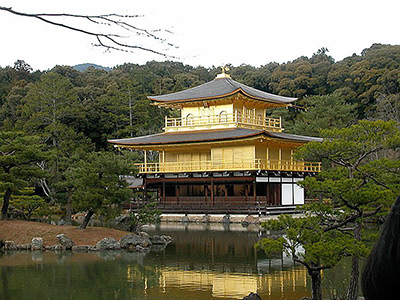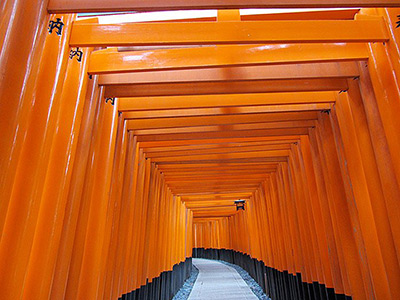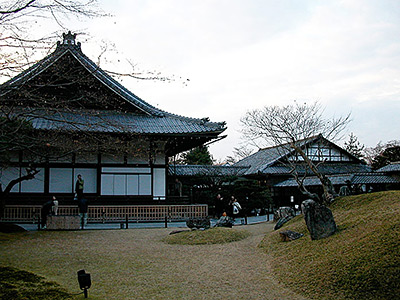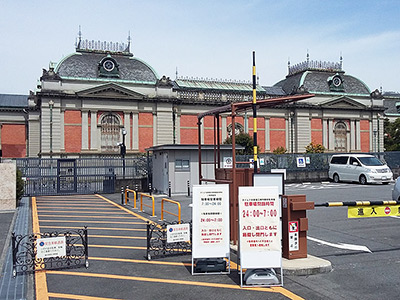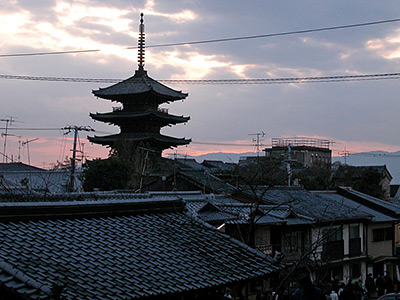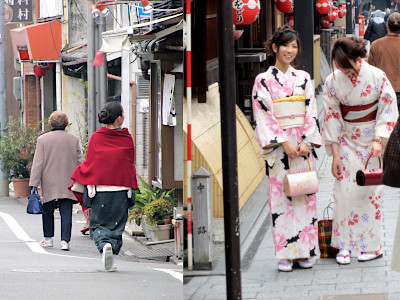Hokoji Temple in Kyoto
This post can contain affiliate links, which means that we may receive a small commission if you make a purchase using these links.
Facts & Figures
Hokoji (means Great Buddha of Kyoto) is a Buddhist temple and belongs to the Sanmon school of the Tendai sect. The temple is located within the Higashiyama Ward in Kyoto. The Hondo (Main Hall), Daikokudo Hall, and the famous bell tower are the highlights of the temple complex, which was much larger in the past. The temple bell is an Important Cultural Property and belongs to the top three temple bells in Japan. The other two are the Great Bell of Chion-in Temple in Kyoto and the Nigatsu-do Bell of the Todai-ji Temple in Nara. The temple bell, also called the fatal bell, played a significant role in the history of Japan and changed the course of the country.
- Hokoji Temple:
- Opening Hours - 9:00 am to 4:00 pm
- Closed - never, open everyday
- Admission Fee - free
My tips for local activities
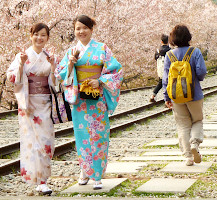
How about exploring the best parts of my favourite city Kyoto with a local guide? The personalized tour by our partner GetYourGuide can take between 2 - 8 hours. For more details check out this page >
History
The Hokoji temple was founded by daimyo Toyotomi Hideyoshi (1537 - 1598) in 1586 during the Tensho era (1573 - 1592). The construction phase supervised by the architects Heinouchi Yoshimasa and Nakamura Masakiyo ended after 10 years in 1595. The Great Buddha Hall was modeled after the huge structure of the Todai-ji Temple in Nara and the goal of Hideyoshi was to make it even bigger. In the beginning, the main hall displayed an 18-meter-high wooden statue of the Great Buddha, but the whole structure was destroyed by the Keicho–Fushimi earthquake with a magnitude of 7.5 in 1596. Later Toyotomi Hideyori (1593 - 1615), the second son of Toyotomi Hideyoshi, gave the order to rebuild the temple complex. In 1612 Hokoji was restored. The inscription of the temple bell made shogun Tokugawa Ieyasu (1543 – 1616) really angry and it led to a clash (Siege of Osaka - fall of Osaka Castle) with the rivaling Toyotomi clan. This clash led to the end of the Toyotomi clan three years later and changed the history of Japan. In 1798 lightning struck Hokoji and burned it down. After that, the temple was rebuilt again, but not on the grand scale as before. Another fire in 1973 destroyed the new Buddha image, which dates back to 1843.
Location

Hokoji Temple is located within the Higashiyama Ward in Kyoto near Myoho-in Temple, Toyokuni Shrine and Kyoto National Museum.
Address: 527-2 Chayacho, Higashiyama Ward, Kyoto, 605-0931
How to get to Hokoji Temple?
- 10min walk from Shichijo Station served by Keihan Line
Sightseeing spots
Top:
Main Hall - Within the hall, you will find a wooden statue of Vairocana Nyorai (Great Buddha). Unfortunately, the old statue was destroyed, which was ten times bigger than what you see today. In 2000 excavations were conducted nearby and they found out that the Great Buddha hall had a size of 55 meters by 90 meters.
Daikokudo Hall - The ceiling of the hall is its outstanding feature. You will see there 80 floral paintings. Each of them with a different motif. The deity Daikokuten (deity of fortune and wealth) is enshrined here. It was Toyotomi Hideyoshi’s (1537 - 1598) lucky charm. The Statue of Daikokuten was carved by Japanese monk Saicho (767 - 822).
Bell Tower (Shoro belfry) - The belfry was built during the Meiji era (1868 – 1912). The bronze bell itself is still original and was cast in 1614 to celebrate the completion of rebuilding the temple, after a huge earthquake. It is an impressive sight with a height of 4.3 meters, a diameter of 2.7 meters, a thickness of 23 centimeters, and a weight of 82 tons. The ceiling of the bell tower features paintings of karyobinga (mystical beings in Buddhism with the body of a bird and the head of a human being), which were brought from the Fushimi Castle in Kyoto.
Festival & Events in Kyoto (dates can change without notice)
April
Miyako Odori (1st - 31th)
The traditional annual spring dance of the Kyoto district Gion Kobu performed by Geiko and Maiko is a must-see on your Kyoto visit. Don't miss the most popular dances the Miyako Odori "Cherry Blossom Dances" or "Dances of the Old Capital" at the Gion Kobu Kaburenjo Theater (located close to Gion Corner).
May
Aoi Matsuri (15th)
The highlight of this festival is a large parade from the Imperial Palace through the Shimogamo Shrine to the Kamo Shrines. More than 500 people wearing aristocratic costumes from the Heian Period (794 - 1185). The Aoi Matsuri belongs with the Gion Matsuri and Jidai Matsuri as the three most famous festivals in Kyoto.
June
Aoba Matsuri (Green Leaf Festival) at Chishaku-in (15th)
The festival is an ancient ritual of followers of the Shingon sect of Buddhism, which is called Yamabushi. They participate in a series of ceremonies like celebrating the birth of founder Kobo-Daishi (744 - 835).
July
Gion Matsuri (whole month)
The month of July is full of different events like the Yoiyama - Kyoto's Magical Night (locals in kimonos look at the giant Gion floats the day before the parade) or the famous Yamaboko Junko (float procession on the 17th of July).
October
Jidai Matsuri ("Festival of Ages") (22nd)
People celebrate with a large parade between Imperial Palace to Heian Shrine the anniversary of the foundation of Kyoto. App. 2000 participants wearing historical costumes from different time periods. Enjoy this great festival which lasts around 2 hours. Illumination event at Kodai-ji (end of October - beginning of December)
December
New Year's Bell-Ringing Ceremony at Hokoji (31st)
Come here on New Year's Eve and listen to the sound of this gigantic bell.
Where to stay in Kyoto?
Day trips from Kyoto:
My 100 Best Moments in Japan
I have visited Japan nearly every year since 2004. This is my collection of the 100 best moments in my favorite country. Enjoy the pictures and I hope you will start your own journey soon.
Find out more >
Books about Japan
Reading books is a great source of inspiration for me. Check out my recommended list of books about the fascinating country Japan.
My Book recommendations >

